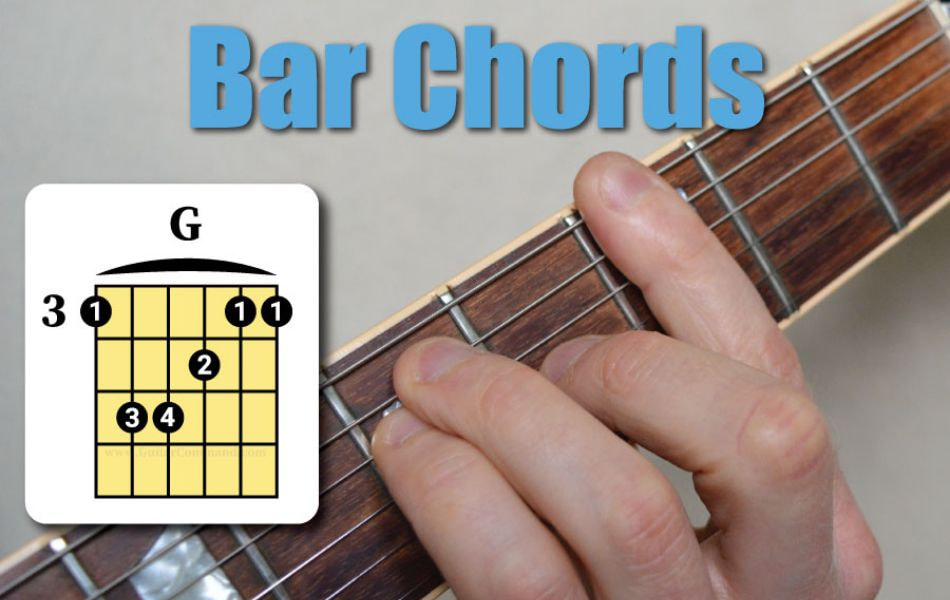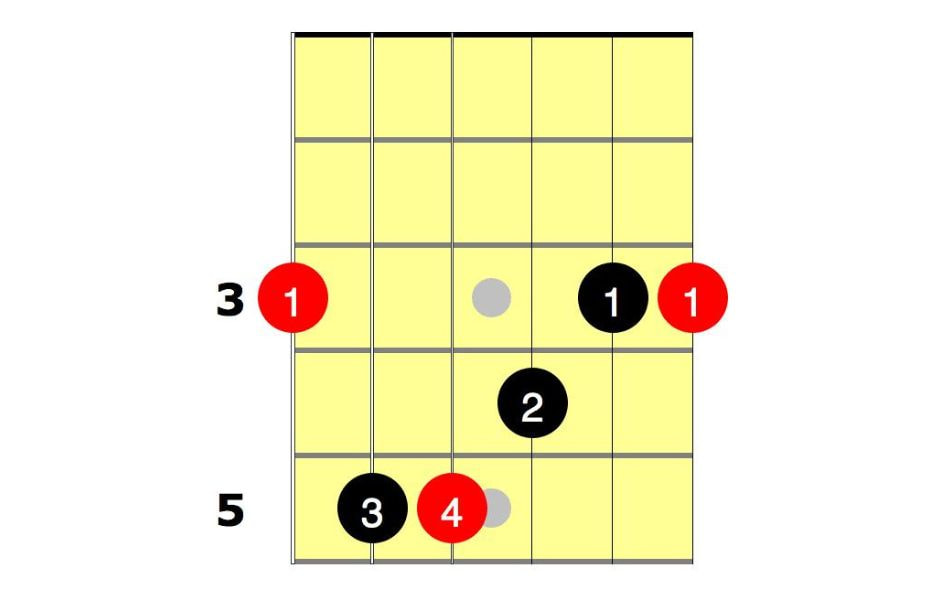Unlocking the G bar chord on the guitar opens up a world of musical possibilities. In additon, it empowes you to play a wide range of songs and styles with confidence and flair. Mastering this essential chord shape is a significant milestone in your guitar journey, offering both challenges and rewards along the way.
Contents
What is G bar chord on guitar?
The G bar chord on guitar is a chord shape that involves pressing down multiple strings simultaneously across the fretboard. While the index finger is commonly used to barre across the fretboard, other fingers are also used to fret additional notes to complete the chord shape.
It’s called a “bar chord” because the index finger acts as a “bar” across the fretboard. The chord allows you to play multiple notes at once by pressing down the strings uniformly.
The G bar chord is a movable chord shape, meaning you can change its root note by sliding the shape up or down the fretboard while maintaining the same finger position. This versatility makes bar chords essential for playing in different keys and transposing songs to fit vocal ranges or musical preferences.\
Advantage of using G bar chord
Barre chords are movable shapes, meaning you can change the chord’s root note by sliding the shape up or down the fretboard. This allows you to play the same chord shape in different positions. It effectively transposes the chord to different keys without changing the chord shape.
Having proficiency in barre chords makes you adaptable and versatile, capable of playing songs with complex chord progressions and voicings.
Some popular G barre chord for beginners
G major bar chord

G minor bar chord

Tip to play bar chord more easily
Tilting your index finger slightly to the side. And then, using the bony edge can help distribute pressure evenly across the strings, making it easier to press them down and produce clear notes.
While your index finger is responsible for barring the strings, your thumb and other fingers should work in conjunction to support and stabilize your hand. This balanced approach helps maintain proper finger positioning and reduces strain on your hand and wrist.
Placing your thumb behind the neck of the guitar provides support and stability, allowing you to exert more pressure with your fingers while maintaining proper finger alignment. This helps prevent fatigue and ensures a more comfortable playing experience.
As you progress, experiment with different variations and voicings of the G bar chord to expand your musical palette. Explore the fretboard, discovering new ways to incorporate the G bar chord into your playing and improvisation.
